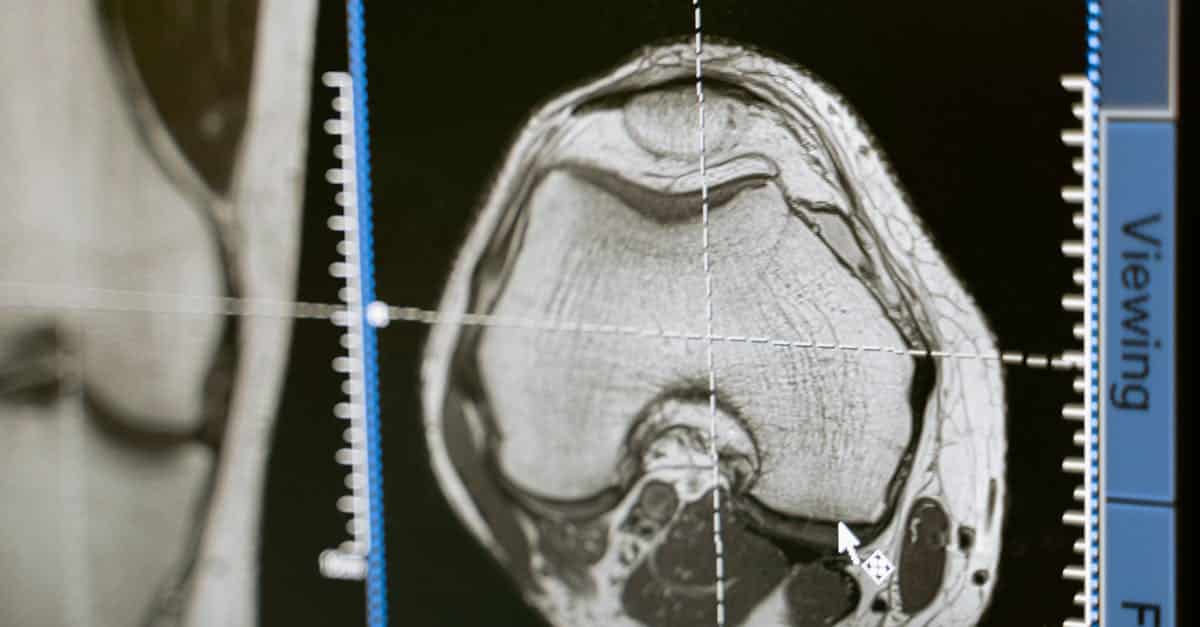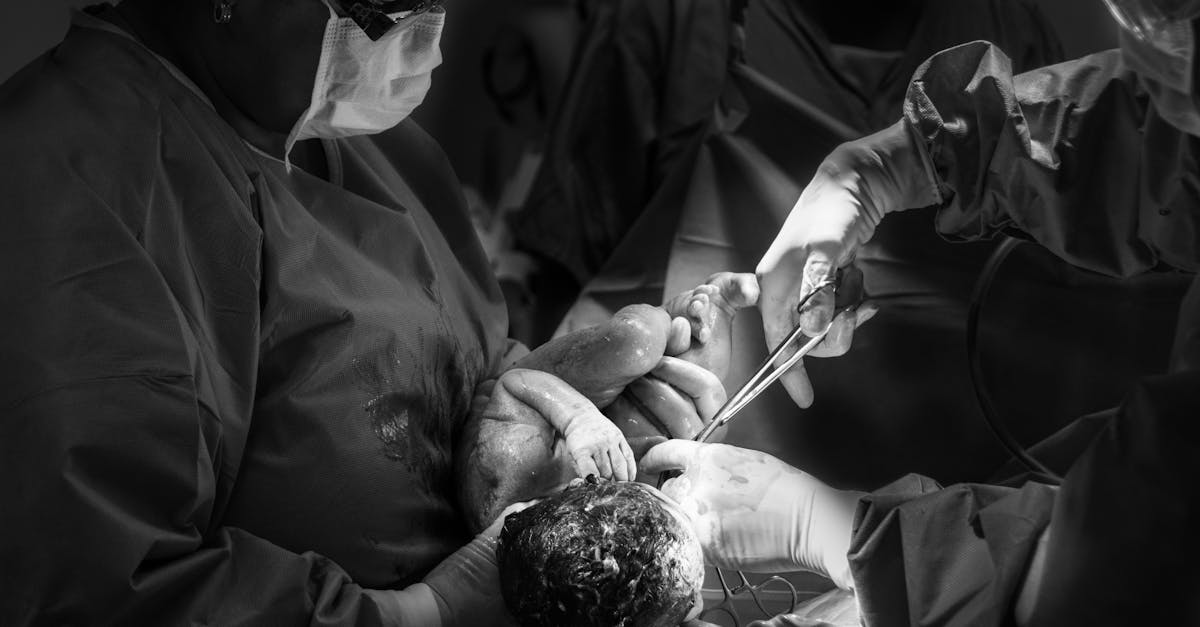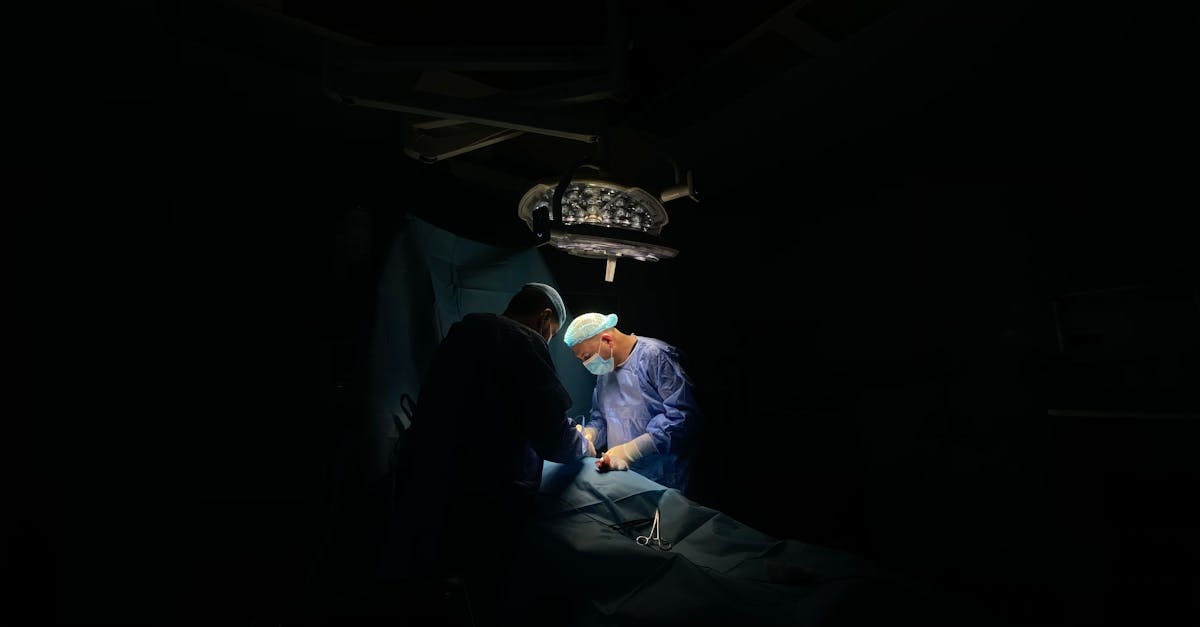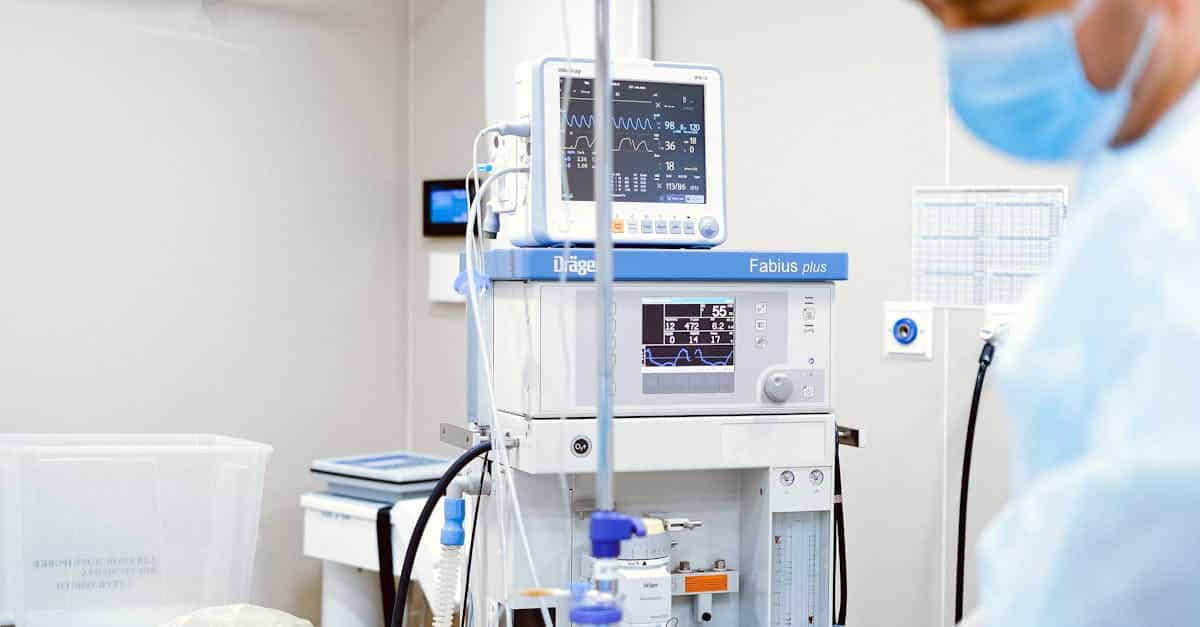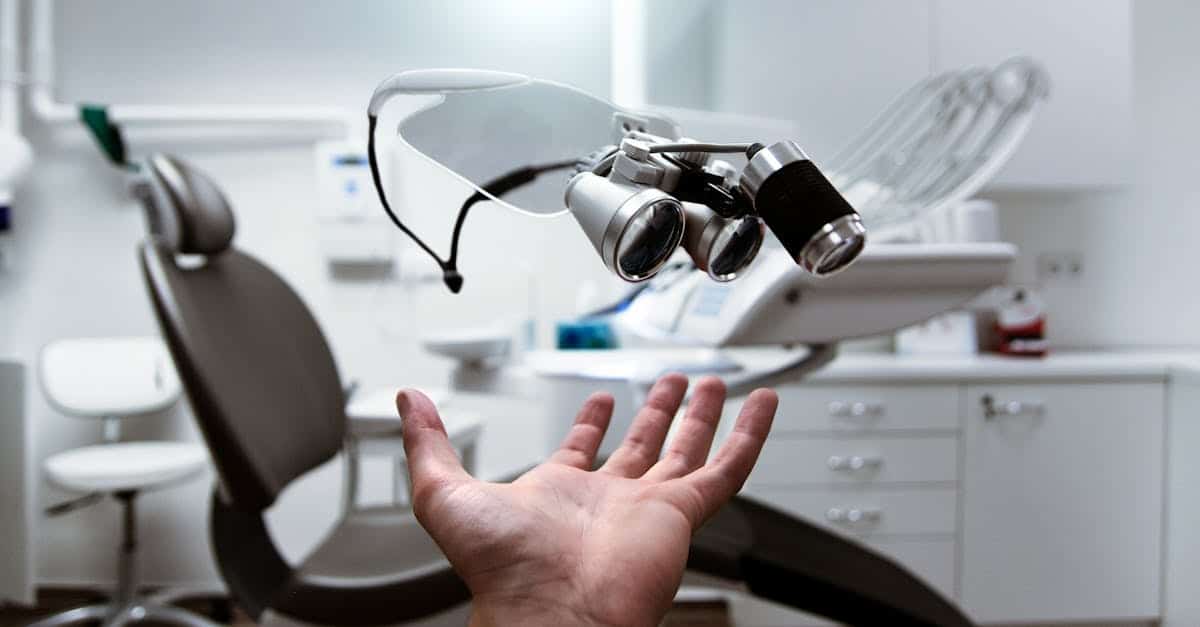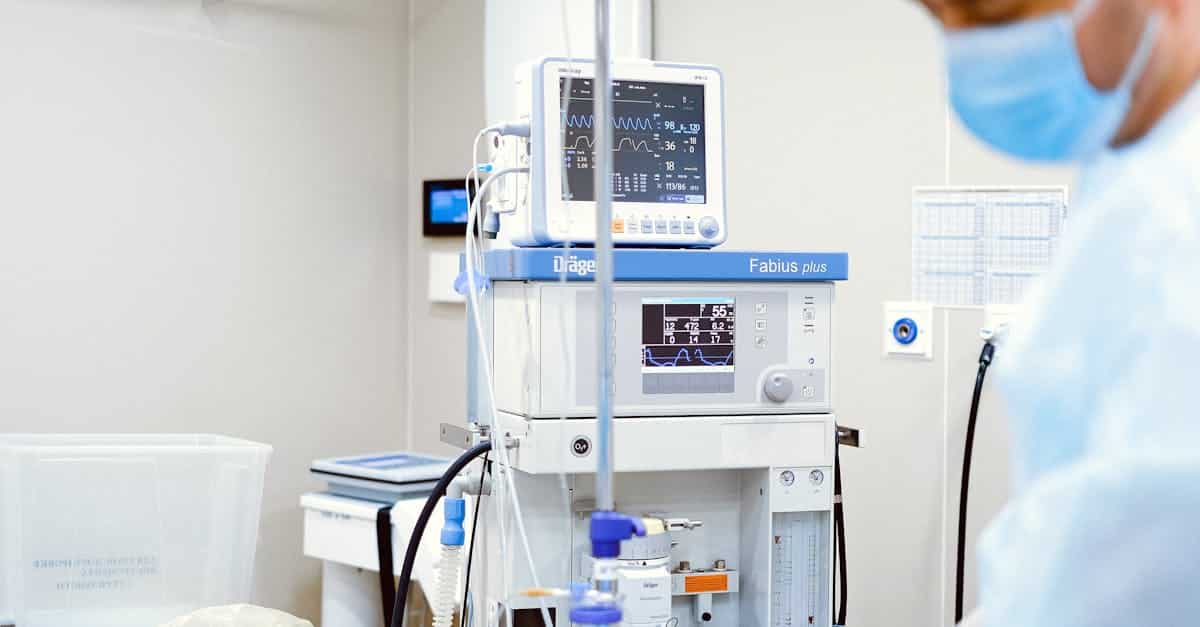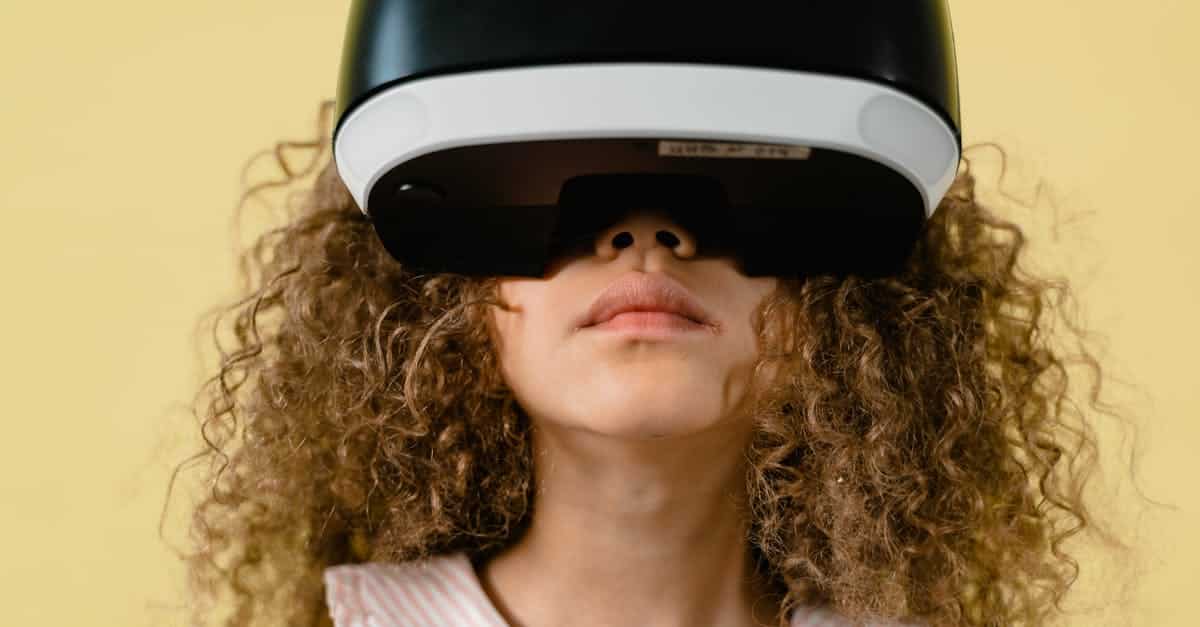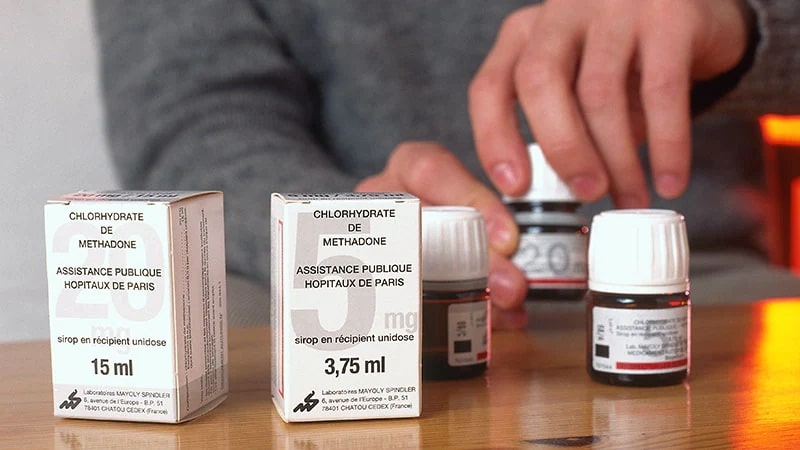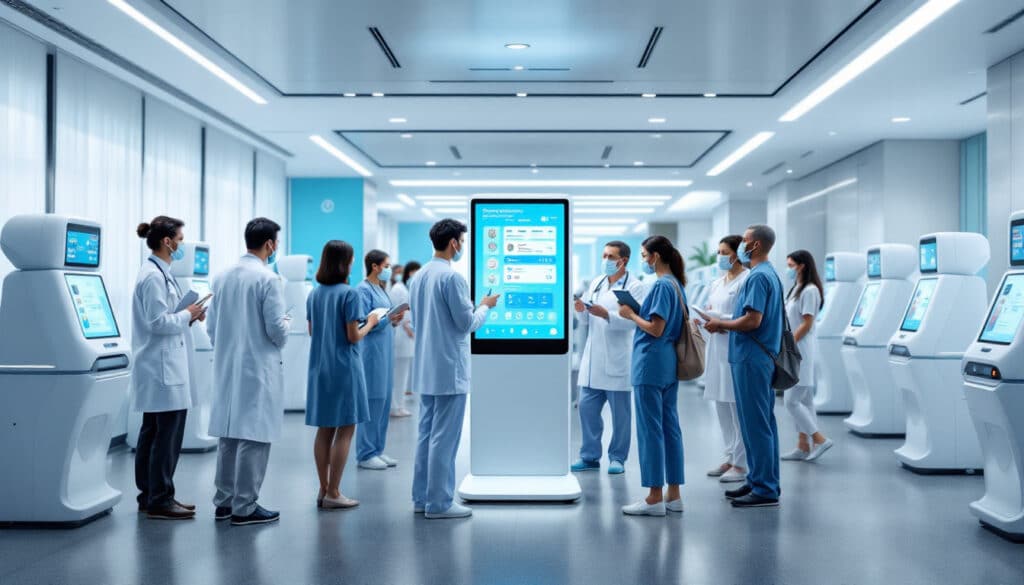The mastery of modern surgical techniques is becoming more complex, and the integration of 3D imaging and image-guided surgery is becoming essential to optimize clinical outcomes. Technological innovations such as 3D visualization are revolutionizing surgical planning, allowing surgeons to better understand patient anatomy before intervening. These developments are the result of in-depth research and numerous case studies that demonstrate the positive impact of these medical innovation tools in the field of medical technology. This article explores how 3D imaging and image-guided surgery play a crucial role in patient management, supported by various clinical applications, testimonials from healthcare professionals, and concrete case studies.
The 3D Imaging Revolution in Medicine
At the heart of medical transformation, advances in medical imaging have radically changed surgical practice. The Visible Patient platform, for example, allows surgeons to visualize 3D reconstructions of targeted organs using sophisticated algorithms. Traditionally, surgeons based their approach on two-dimensional images, which could limit their understanding of complex anatomical structures. The creation of 3D models offers a richer and more detailed view, making surgical precision extremely beneficial.
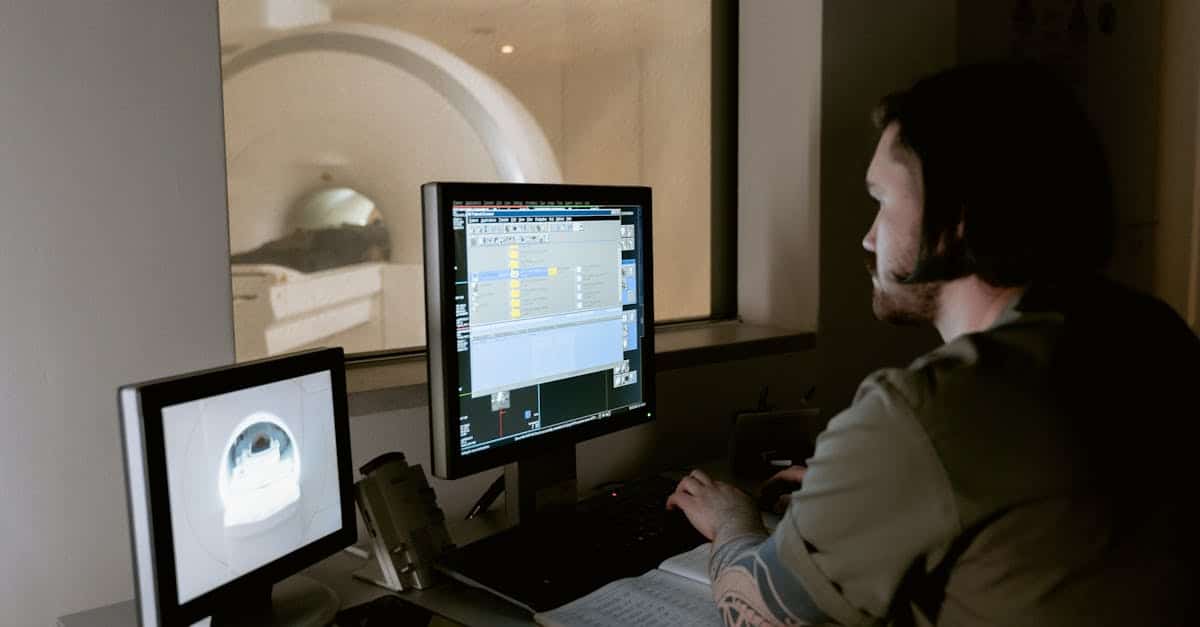
Benefits of 3D Imaging for Anatomical Visualization
The ability to visualize internal structures in 3D enhances the planning and understanding of interventions. Surgeons are now able to anticipate challenges that may arise during the operation. This aspect is crucial when considering complex clinical cases, especially in oncology where the precise excision of tumors is critical. Through 3D imaging platforms, professionals can simulate interventions and refine their approach.
Practical Cases of 3D Imaging Applications
The clinical applications of 3D imaging are numerous. For instance, consider the case of a patient with a lung tumor. Before the operation, the surgeon could model the tumor and surrounding tissues, which would help reduce the risk of removing healthy lung tissue. Consequently, patients often experience a faster recovery and fewer postoperative complications. Modeling vital organs such as the heart or brain also allows for the planning of critical surgeries with an unprecedented degree of precision.
Image-Guided Surgery: A Major Advancement in Surgical Precision
The concept of image-guided surgery relies on the use of medical images to direct interventions in real time. By integrating 3D images during the procedure, surgeons can navigate confidently in delicate areas of the body. This technique is particularly essential in cases where precise navigation is crucial for the success of the intervention. For example, in neuroradiological surgery, enhanced visualization of various anatomical structures could allow the surgeon to reach a targeted area without damaging adjacent tissues.
Navigation Tools in Surgery
Navigation systems, often integrated with medical imaging machines such as MRI or CT scanners, provide clear and instantaneous visual references for the practitioner. This type of integration has been highlighted through several case studies that demonstrate a notable reduction in surgical errors. By using rigorous planning supported by navigation tools, postoperative complications are significantly reduced.
Evolution of Surgical Practices Through Technology
Technical advances foster an environment where human errors are minimized. Automation is becoming an increasingly discussed topic; surgical robots, for example, are used to perform complex procedures with unparalleled precision. Innovation must continue to evolve, always in service of patient safety. Simultaneously, training healthcare professionals on these new tools is essential to maximize the benefits of these advancements. The potential for such a fusion of human surgery and technology is promising for the years to come.
Clinical Impacts and Feedback
The benefits of 3D imaging and image-guided surgery are also measured through feedback from healthcare professionals. Reports from professionals reveal that the adoption of these technologies marks a real improvement in clinical outcomes. Surgeons report better visualization, and therefore a superior capacity for intervention, particularly during complex operations such as those related to cancers, where every millimeter counts.
Clinical Evaluations and Technology Outcomes
The results obtained in clinical environments that prioritize these new technologies are significant. Numerous surveys reveal that complication and rehospitalization rates can be drastically reduced, while patient satisfaction rates increase. These data support the idea that medical innovation combined with technology can transform the surgical landscape.
Future Perspectives
Looking to the future, healthcare institutions must integrate these technologies into their daily practice. Training centers must also adapt their programs to provide adequate training on the use of these imaging systems. The opportunities presented by this technology encourage professionals to further explore the potentials of image-assisted surgical planning through 3D and robotic imaging. The promising results thus encourage a wider adoption of these tools in various surgical specialties.
Conclusion
The growing demand for safer and more effective surgical options paves the way for new approaches based on technology and medical innovation. Through the use of 3D imaging and image-guided surgery, the surgical landscape continues to evolve, improving outcomes for patients while reducing associated risks. Case studies demonstrate that these tools are already on track to become standards in medical practice. Considering the surgeons’ testimonials regarding the positive impact of these new techniques, the broader integration of these technologies seems inevitable.
| Technology | Benefits | Clinical Applications |
|---|---|---|
| 3D Imaging | Better understanding of anatomy, reduce risks | Oncological surgery, cardiology |
| Image-Guided Surgery | Increased precision of interventions | Neurosurgery, orthopedics |
| Surgical Robots | Automation of surgical gestures | General surgery, urology |

